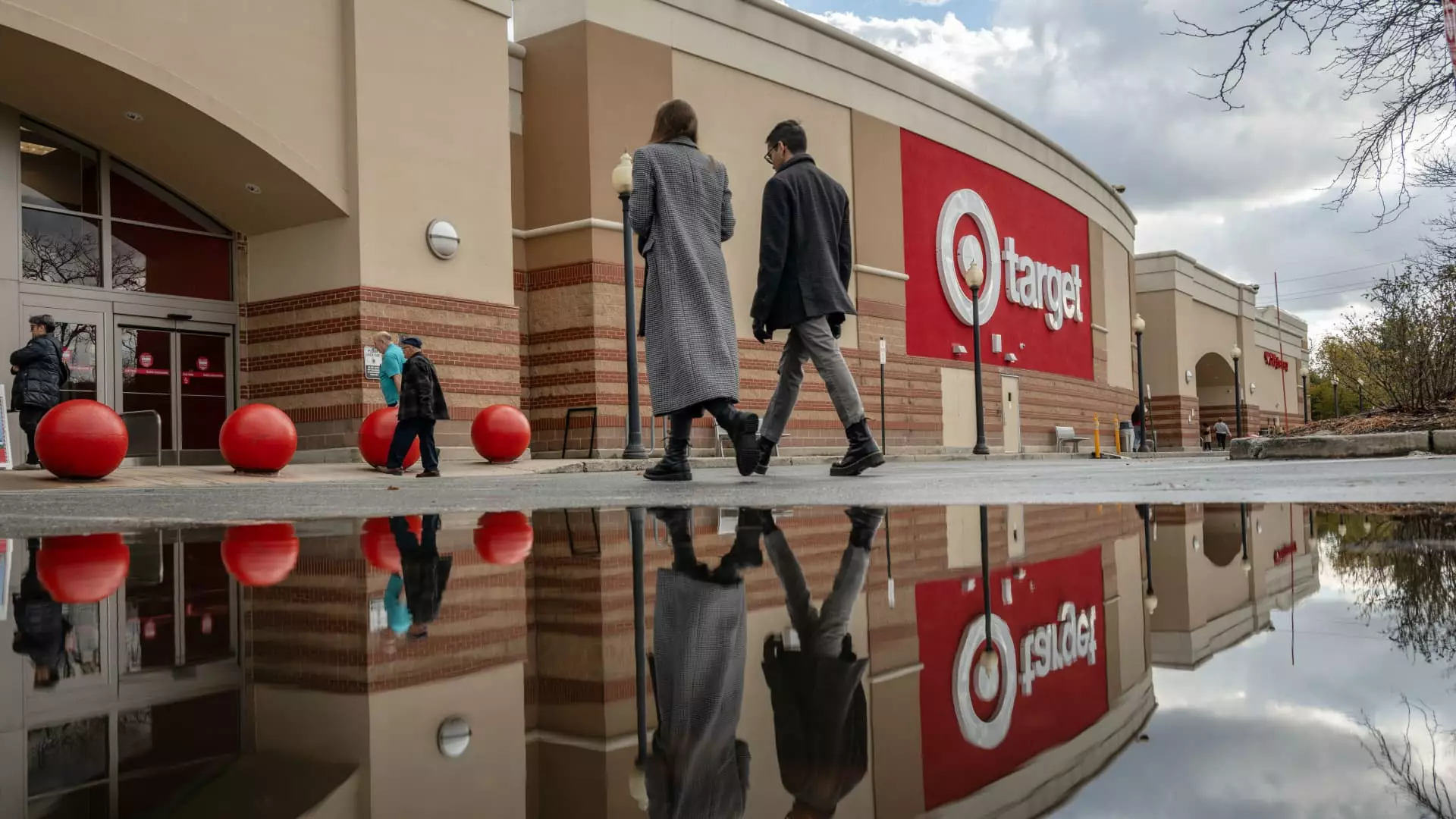As the festive season approaches, the retail sphere is stirring with anticipation and trepidation. Joyous celebrations and a consumer spending uptick often characterize this time of year, yet recent earnings reports have revealed stark disparities among retailers’ performances. Some brands are basking in the glow of sales, while others find themselves grappling with disappointing revenues.
The past couple of years have seen inflation in the United States redefine shopping behaviors, compelling consumers to be more judicious with their finances. This shift is evident as shoppers confront soaring prices for essential goods—groceries, housing, and dining out—while trying to find room in their budgets for discretionary purchases like holiday gifts and festive attire. As Neil Saunders, managing director of GlobalData Retail, succinctly puts it, shoppers are happy to spend but are often inclined to pull back; rather than filling their carts indiscriminately, many are opting for a more selective approach. The result? A pronounced dichotomy among retailers as customers critically assess where to place their spending.
Rather than indulging in an expansive shopping spree, customers are likely to prioritize essential purchases, leading them to question the necessity of each item and whether it justifies its cost. As Saunders suggests, this pressure creates an environment in which consumers can easily identify weaker retailers to avoid. This phenomenon hits harder for chains that traditionally rely on impulse purchases or luxury items, establishing a clear divide in retail performance.
Retailers like Walmart and Dick’s Sporting Goods are reporting resounding success, prompting optimistic full-year forecasts, specifically regarding the upcoming holiday season. Conversely, industry giants such as Target and Kohl’s struggle to provide similar positive outlooks, raising concerns of sustainability in an evolving consumer marketplace. Target’s projection of flat sales for the critical holiday quarter illustrates its struggle to capture a broader audience, despite efforts like the introduction of exclusive items tied to popular culture phenomena.
On the other hand, Dick’s Sporting Goods and Abercrombie & Fitch have enjoyed a surge in momentum, attributing their increased performance to favorable early sales. Abercrombie’s COO notes a buoyant response to their holiday collections, setting a confident tone going into the peak shopping period. Such successes highlight how selective the holiday spending landscape remains—where strategy, product mix, and market timing can mean the difference between thriving and simply surviving.
Expectations for holiday spending during November and December hover around an increase of merely 2.5% to 3.5%, culminating in an estimated $979 billion to $989 billion in sales. While these figures signify growth, they pale in comparison to last year’s 3.9% surge. Retail analytics further reveal that varying reports among companies are indicative of broader trends. For instance, Walmart’s sales forecast boost indicates a turning tide, as consumers show signs of returning for non-essential items, likely due to easing inflation on staple goods.
However, not all retailers share this optimism. Both Target and Kohl’s have recently issued stark warnings about their sales trajectories, forecasting a significant downturn that could impact overall performance. Kohl’s change in leadership before the holiday season suggests an urgency to recalibrate strategies, as even small adjustments become critical in a competitive market.
As retailers endeavor to capture the attention of cost-conscious consumers, many are recalibrating their strategies to emphasize value. For instance, Target is diversifying its product mix, bringing in exclusive items related to pop culture trends, aiming to ignite interest among shoppers. Meanwhile, both Target and Kohl’s are implementing aggressive pricing strategies, suggesting a critical need to draw foot traffic amid uncertainty.
Industry experts note the growing consumer desire for utility rather than mere novelty during this season. Many shoppers express hesitancy toward products that lack practical value, opting for gifts that support a more experiential or meaningful engagement. This shift is a crucial consideration for retailers as they prepare for high-stakes shopping days, including Black Friday and Cyber Monday.
Navigating the challenges of the holiday shopping season requires retailers to maintain a keen awareness of shifting consumer preferences, inventory management, and pricing strategies. Some retailers may have overestimated demand or misjudged the nature of sought-after products, leading to potential markdowns and clearance strategies. As insights from market analysts suggest, success this season will hinge on offering both the perception of value and actual savings.
Overall, as the holiday season unfolds, retailers are left with a mosaic of challenges and opportunities. Those who can adeptly align their offerings with consumer demand and market trends are likely to emerge victorious, while others may find themselves lingering in the shadows of their more successful peers. The ability to understand and adapt to the current consumer climate will ultimately dictate which retailers will flourish in a season that is as unpredictable as it is promising.

Leave a Reply